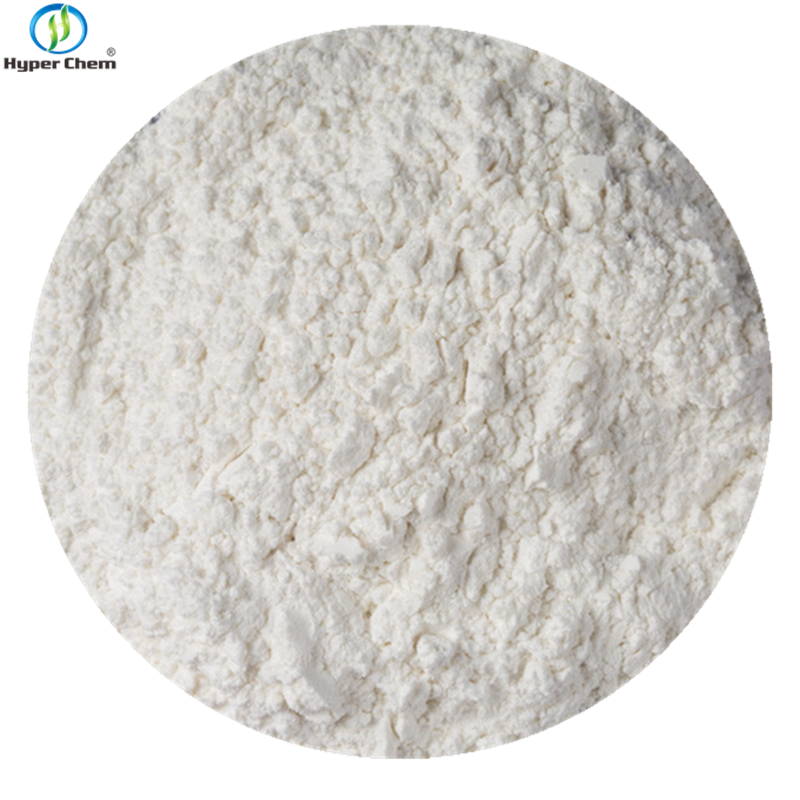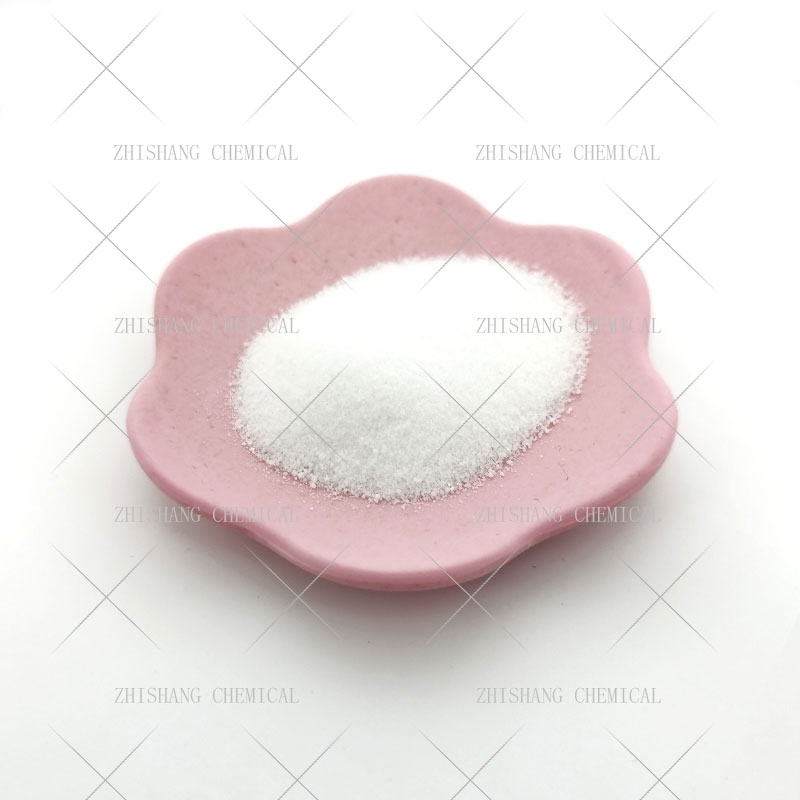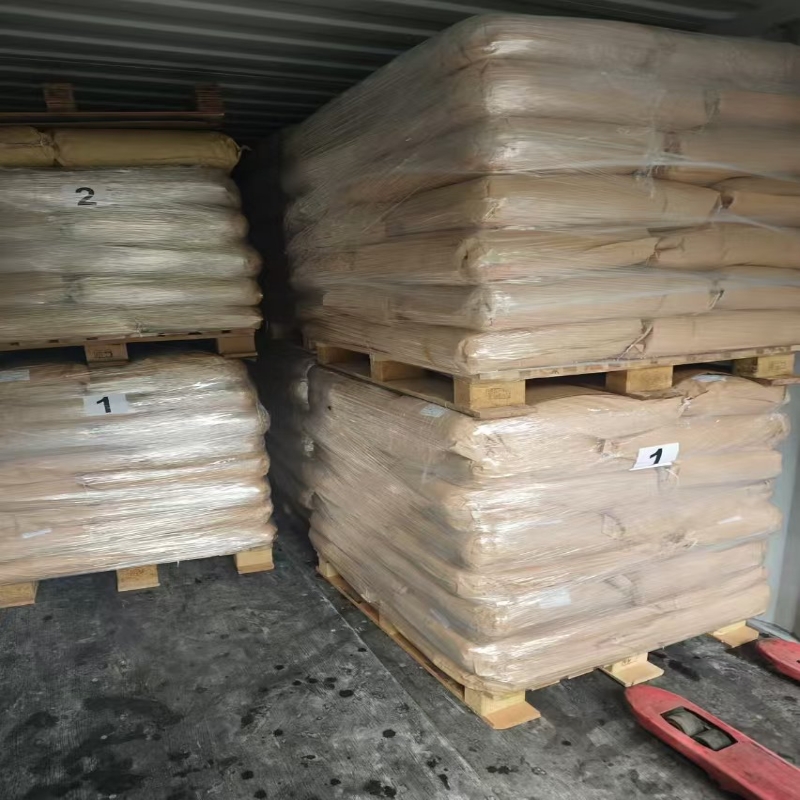-
Categories
-
Pharmaceutical Intermediates
-
Active Pharmaceutical Ingredients
-
Food Additives
- Industrial Coatings
- Agrochemicals
- Dyes and Pigments
- Surfactant
- Flavors and Fragrances
- Chemical Reagents
- Catalyst and Auxiliary
- Natural Products
- Inorganic Chemistry
-
Organic Chemistry
-
Biochemical Engineering
- Analytical Chemistry
-
Cosmetic Ingredient
- Water Treatment Chemical
-
Pharmaceutical Intermediates
Promotion
ECHEMI Mall
Wholesale
Weekly Price
Exhibition
News
-
Trade Service
Guide
Who is the cause and who is the effect? As with the chicken-egg problem, the relationship between kidney stones (KSD) and urinary tract infections (UTIs) remains unclear
.
Infectious stones (magnesium ammonium phosphate, also known as struvolithiasis), account for 10-15% of urinary tract stones, and persistent UTIs caused by urease-producing bacteria are one of
the key causes.
Recent studies have reported that non-urea-producing bacteria such as E.
coli may also act on the occurrence and growth
of non-infectious stones.
But what kind of association there is between UTIs and KSD remains to be assessed
.
To explore the association between the two and confirm the hypothesis that KSD treatment is an effective solution for recurrent urinary tract infections (rUTI), the Italian research team screened and included 17 relevant articles
based on systematic reviews and meta-analysis prioritised reporting entries (PRISMA) statements.
The results of this review are as follows:
relationship between UTI and KSD
The concomitant relationship between UTI and KSD has been largely proven
.
As early as 1989, Hugosson et al.
showed that the risk of
UTI could be permanently reduced by aggressive stone interventions.
A study of 1325 patients with KSD showed that after 7 years of follow-up, the positive rate of urine culture in patients with KSD was 28%, much higher than that in healthy people, and patients with UTI were more likely to undergo surgical intervention
.
The proportion of patients with KSD with UTI ranged from 18.
7% to 36%, and the risk of stone UTI varied by component, with calcium oxalate, uric acid stones, or calcium oxalate mixed with calcium phosphate and magnesium ammonium phosphate having a higher
risk of UTI.
Not only struvite, but almost all chemical components of KSD are associated
with UTI.
In addition, one retrospective study showed that the prevalence of urolithiasis was higher in UTI patients than in the general population, and the presence of urinary tract stones was associated with
poorer clinical outcomes.
This is similar to the findings of Yilmaz et al.
, which found that urinary tract stones may increase the risk of
UTI.
Eradication of stones may be treatable for UTIs
Recent literature has found that surgical radical treatment of KSD can help reduce the bacterial burden and thus achieve the effect
of treating rUTI and/or bacteriuria.
The link between the two is significantly related
regardless of the type of surgery ureteroscopic lithotomy (URS), percutaneous nephrolithotriptomy (PCNL), or extracorporeal shock wave lithotripsy (ESWL).
Table 1 KSD intervention modalities and UTI results
The results of a prospective cohort study in the UK showed that stone clearance (SFR) and infection clearance (IFR) at 3, 6, and 12 months postoperative in patients treated with URS were 96% vs 88%, 90% vs 86%, and 82% vs 71% (P<0.
001<b10>), respectively, indicating a strong association between SFR and IFR.
Agarwal et al.
believe that the only significant difference between patients with KSD who develop rUTI and those who do not after surgical intervention is the presence of residual stones
.
Recurrence of postoperative urinary tract infection is associated with stone recurrence, but it is important to note that rUTI is also associated with
other risk factors such as indwelling catheters or intermittent catheterization, diabetes, hypertension, etc.
The role of bacteria in stone formation and growth
With the development of in vitro studies, the latest evidence suggests that bacterial strains may play an important role
in the formation and growth of KSD.
For example, struvite formation is associated with Proteus, Staphylococcus, Pseudomonas, Providencia, Klebsiella, and Serratia, while stones other than struvite infection are mainly induced
by Escherichia coli and enterococci.
These findings help to elucidate the pathogenesis of KSD and provide reference for its prevention and treatment
.
The study shows that UTI and KSD coexist with each other and are causal to
each other.
Patients with KSD should be advised to aggressively control infection by stone removal, particularly if
the patient has a recurrent UTI or has other risk factors not related to the chemical composition of the stone.
To prevent further onset of UTI, stone cultures can be obtained if available to allow effective, targeted antibiotic therapy
.
References:
Ripa F, Pietropaolo A, Montanari E, Hameed BMZ, Gauhar V, Somani BK.
Association of Kidney Stones and Recurrent UTIs: the Chicken and Egg Situation.
A Systematic Review of Literature.
Curr Urol Rep.
2022 Sep; 23(9):165-174.
doi: 10.
1007/s11934-022-01103-y.
Epub 2022 Jul 25.
PMID: 35877059; PMCID: PMC9492590.
This platform is designed to deliver more medical information
to healthcare professionals.
The content published on this platform cannot replace professional medical guidance in any way, nor should it be regarded as diagnosis and treatment advice
.
If such information is used for purposes other than understanding medical information, this platform does not assume relevant responsibilities
.
The content published by this platform does not mean that it agrees with its description and views
.
If copyright issues are involved, please contact us and we will deal with
it as soon as possible.







